Tangled Barn Owl Rescued from Atop a 50-Foot Palm
Taken to Ojai Raptor Center but Suffers 'Capture Myopathy'
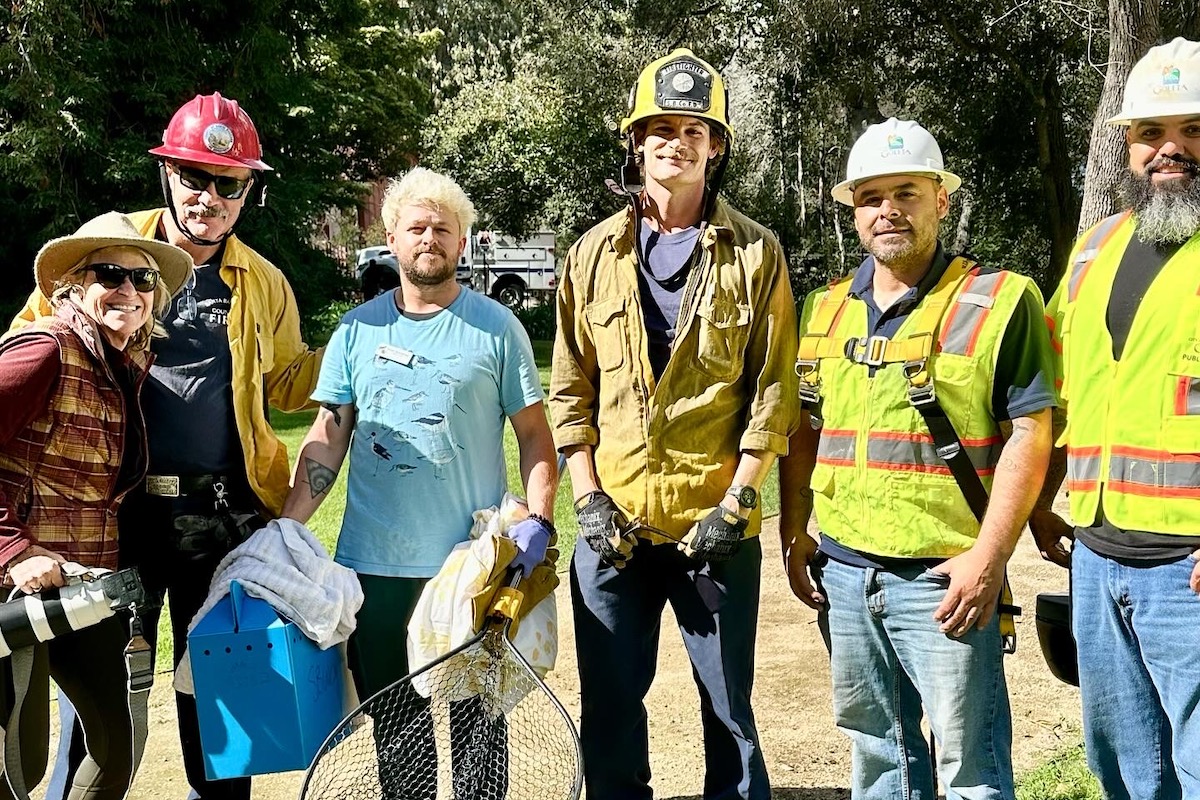
A murder of crows was mobbing a barn owl behind Goleta’s Stow House, as rescuers and firefighters stood below, thinking of a quick way to reach the bird hanging about 50 feet overhead from a palm tree last Saturday morning. What looked like fishing line was wrapped around the owl’s wing and both feet, and as the cawing squad of scavengers dove in, the buckskin-colored barn owl struggled to free itself, becoming more tightly entangled.
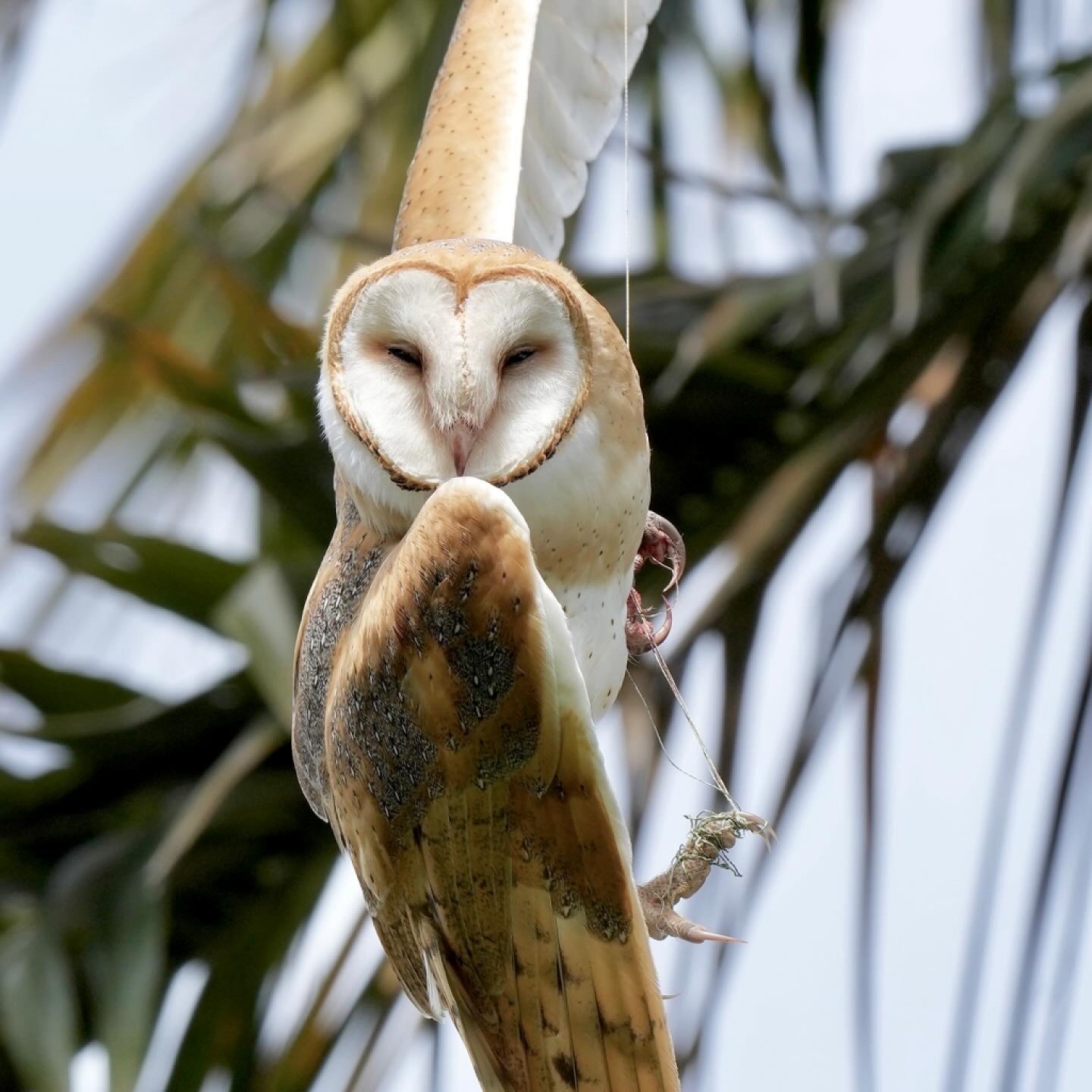
Susie Clothier had just dropped off a grebe covered in oil at the Wildlife Care Network before heading to Lake Los Carneros with her cameras, where she heard park visitors talking about an owl hung up in a tree. A professional photographer, Clothier focused a long lens on the bird: “I saw it was fishing line and raced over to Fire Station 14,” which sits on the edge of the Stow House and Lake Los Carneros park.
Firefighter Shaun Bahne and Captain Sid Porrazzo hurried over to the palm tree with her, discussing how far their engine might get before sinking in the mud, mushy and soft from the winter’s rains. Also, their fire ladder was only 35 feet long, so Porrazzo called Goleta Public Works to see if they had a solution. Clothier is one of the 180 volunteers who sustain the Wildlife Care Network, and her phone call to the nonprofit reached Dylan Helenberger, who brought heavy gloves, toweling, a net, and a box to the park with him.
Jorge Flores and Joel Rubio had been to Station 14 earlier that week to renew Public Works’ sandbag station and were in Goleta’s maintenance yard prepping for the weekend’s storm when Porrazzo called. They arrived with a truck and a boom lift, which sank into the mud as they pushed it into place. With Rubio at the controls, Flores and Bahne rose up to the owl, wrapping it carefully and clipping the line. “The Public Works guys are really the heroes,” Bahne said later. “Without that lift, we wouldn’t have been able to reach the owl.”
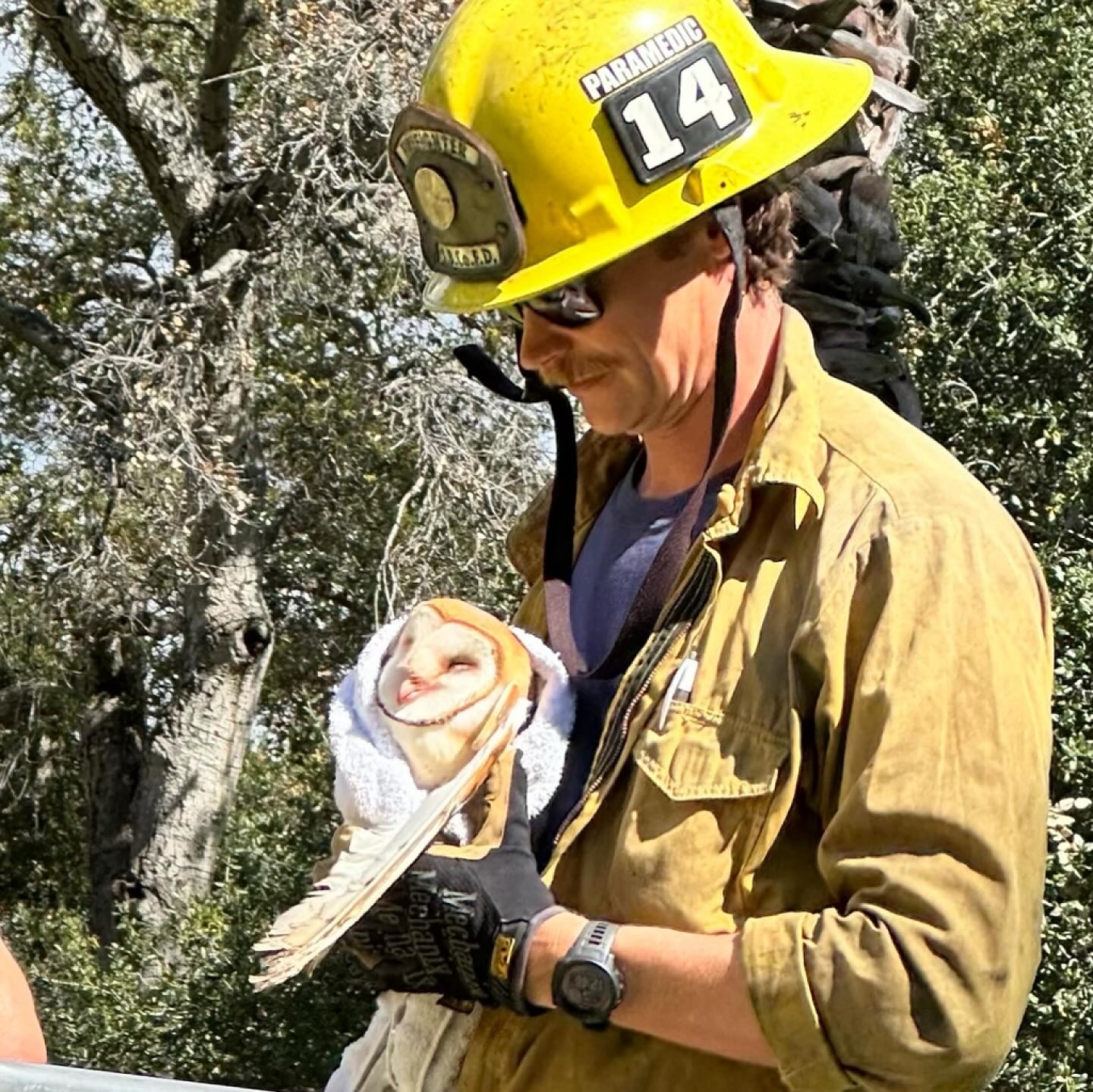
While Flores and Rubio said this was a first for them, Helenberger had been on many rescues and instructed them how to grab the owl safely. He’d started with the wildlife center as a volunteer about three years ago and is now responsible for veterinary intake as he works toward a veterinary technician accreditation. On Saturday, his main concern was that the owl wouldn’t go into a life-threatening condition called “capture myopathy,” once it was freed. He and Clothier took it to her car, away from the small crowd that had gathered, and quietly cut the bindings away from the bird’s feet. Helenberger recalled that the owl “perked up again.” He said he felt uneasy spending even that much more time handling the barn owl, but he was afraid the string was so tight the bird might lose a digit if he didn’t cut it away.
Clothier drove the bird straight to the Ojai Raptor Center, which takes injured and orphaned birds of prey from across California. Alyssa Torkelson, director of development for the Raptor Center, said the bird’s feet were the biggest issue during intake. “If Dylan hadn’t cut the string when he did, the owl could have died on its way to the center,” she acknowledged. The wing that had been wrapped in string was bruised, but not broken, she said, and the owl was responding to treatment.
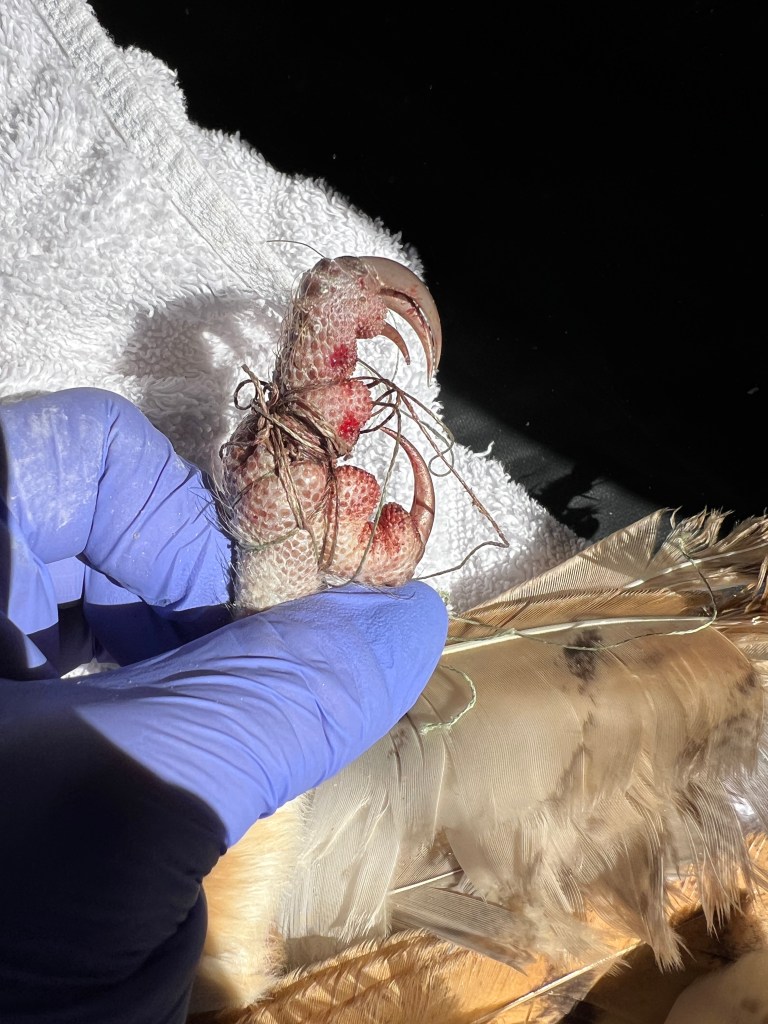
The staff veterinarian, Dr. Kathryn Rasp, was careful not to raise hopes. “Capture myopathy is common to bird species, although it can occur in other wildlife species. For birds, any capture, especially in a difficult capture, they go through stress, and enzymes are released that degrade their muscles,” Dr. Rasp explained. The animal becomes stiff and painful, she said, and they were giving the barn owl fluids and vitamins, as well as pain relievers and antibiotics.
“We’re not out of the woods yet,” Dr. Rasp said of the owl, which she thinks is a female, given its larger size. “It will take a couple of weeks to know for sure.” Good signs were that the bird was eating well and was “feisty” as it dodged its captors.
How the barn owl got tangled 50 feet up a Chilean wine palm remains a mystery, much less what that white twine is or where it came from: fishing line? kite string? discarded trash?
“Owls hunt at night, and this owl was probably there for hours when this happened,” said Susie Clothier, who is a longtime bird rescuer — “Don’t even get me started on oiled birds,” she warned. “The bottom line for us all to know is, this is how fragile wildlife is.”

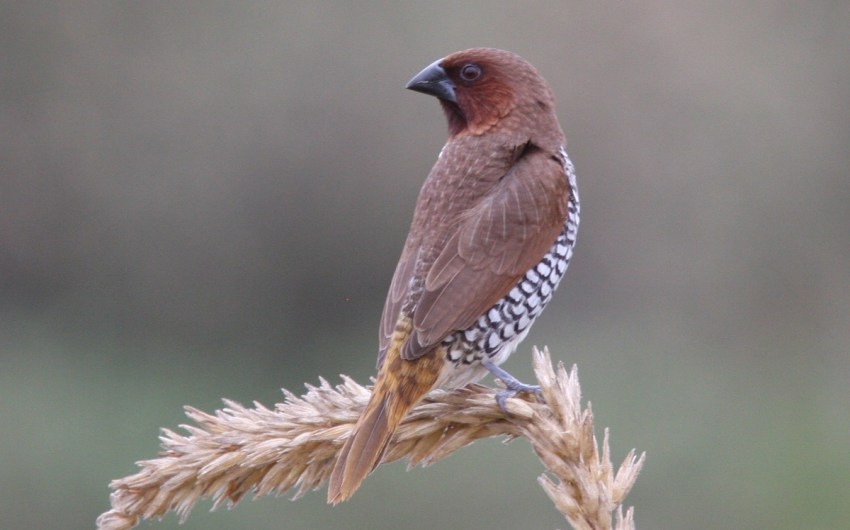
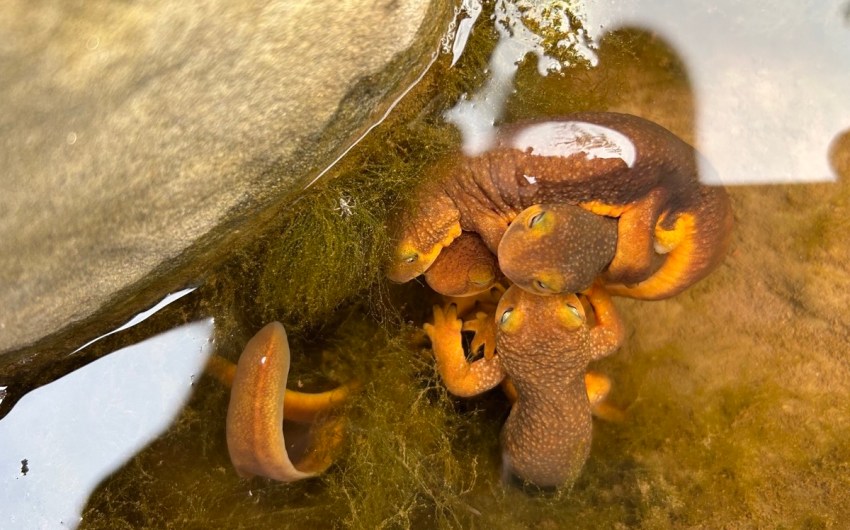
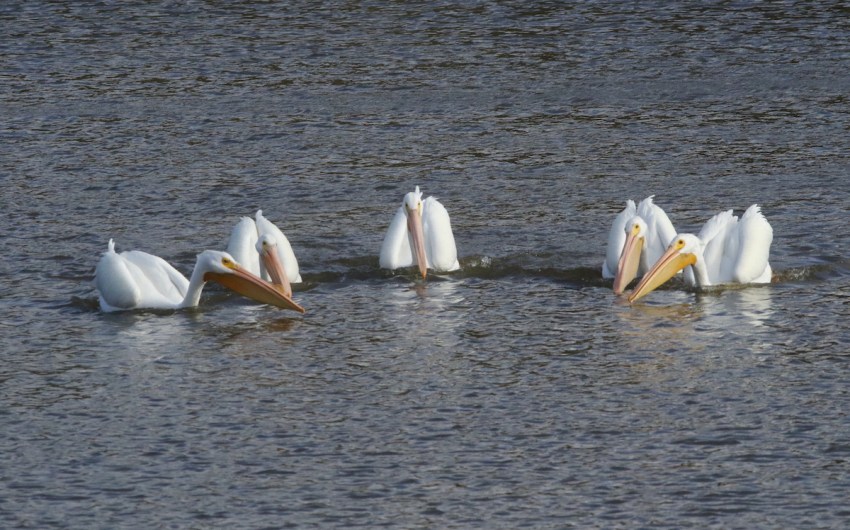


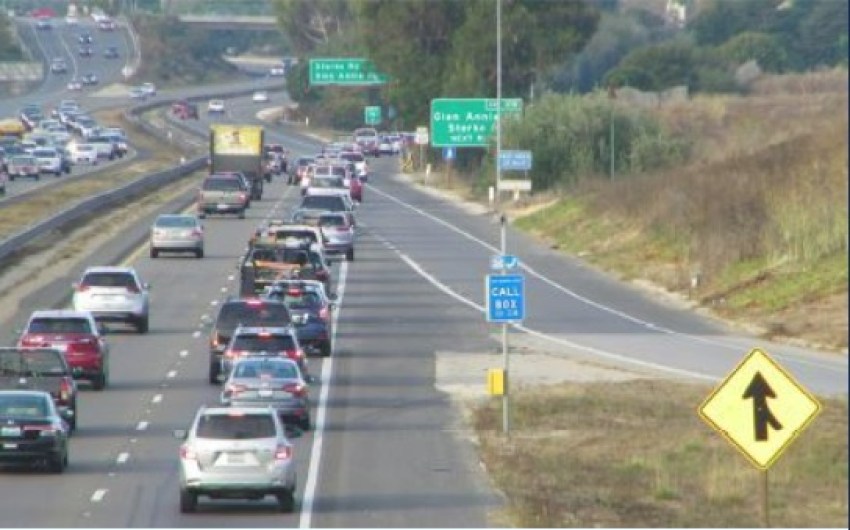


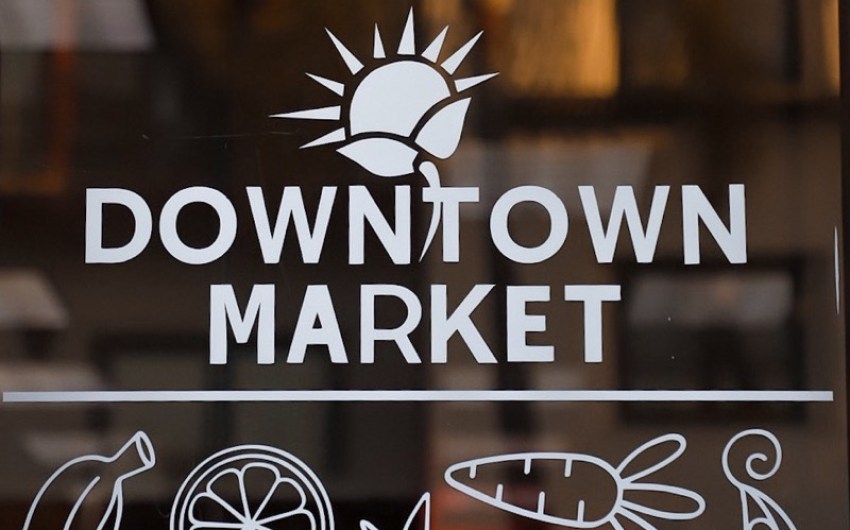
You must be logged in to post a comment.